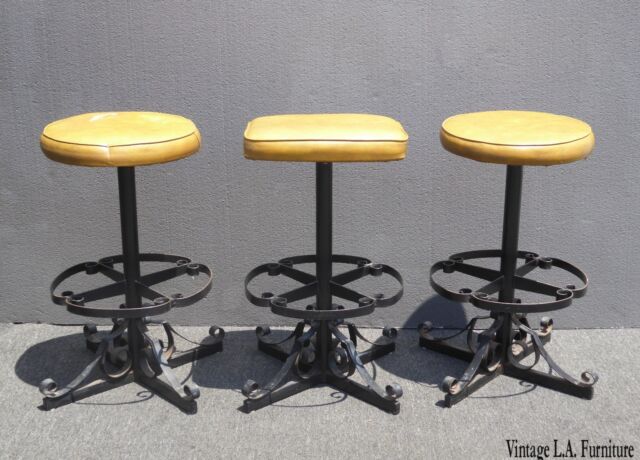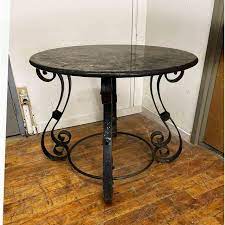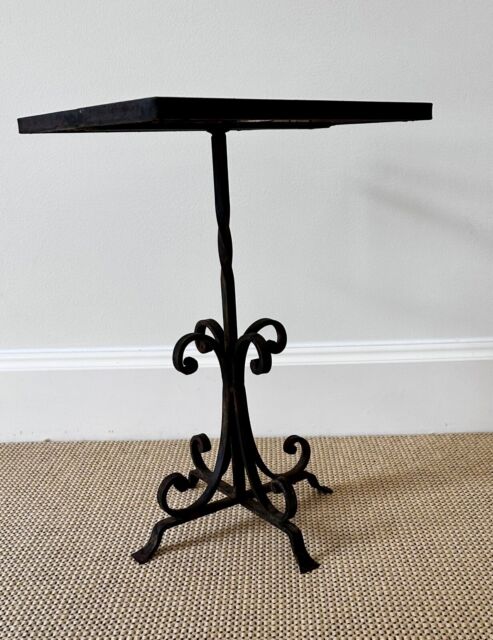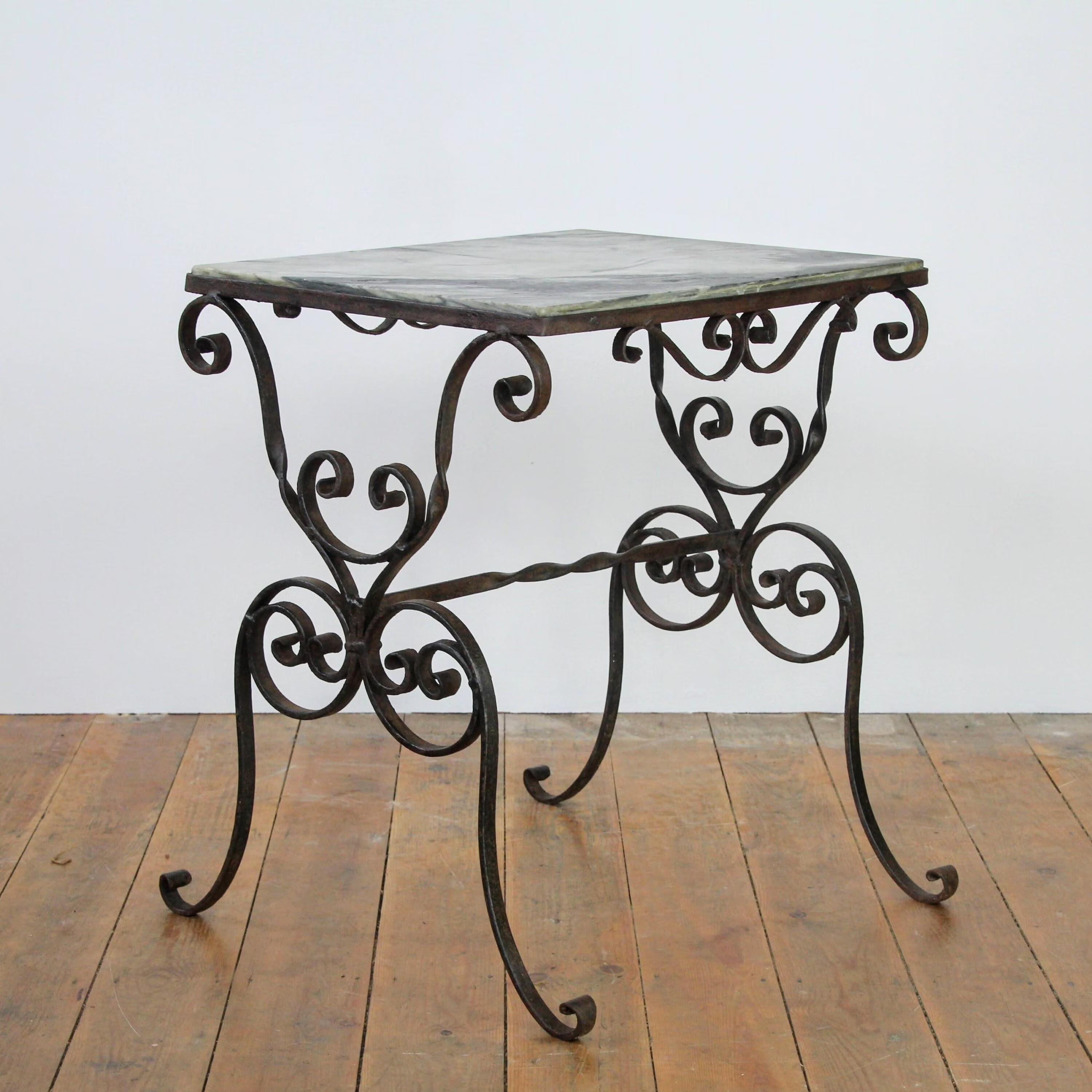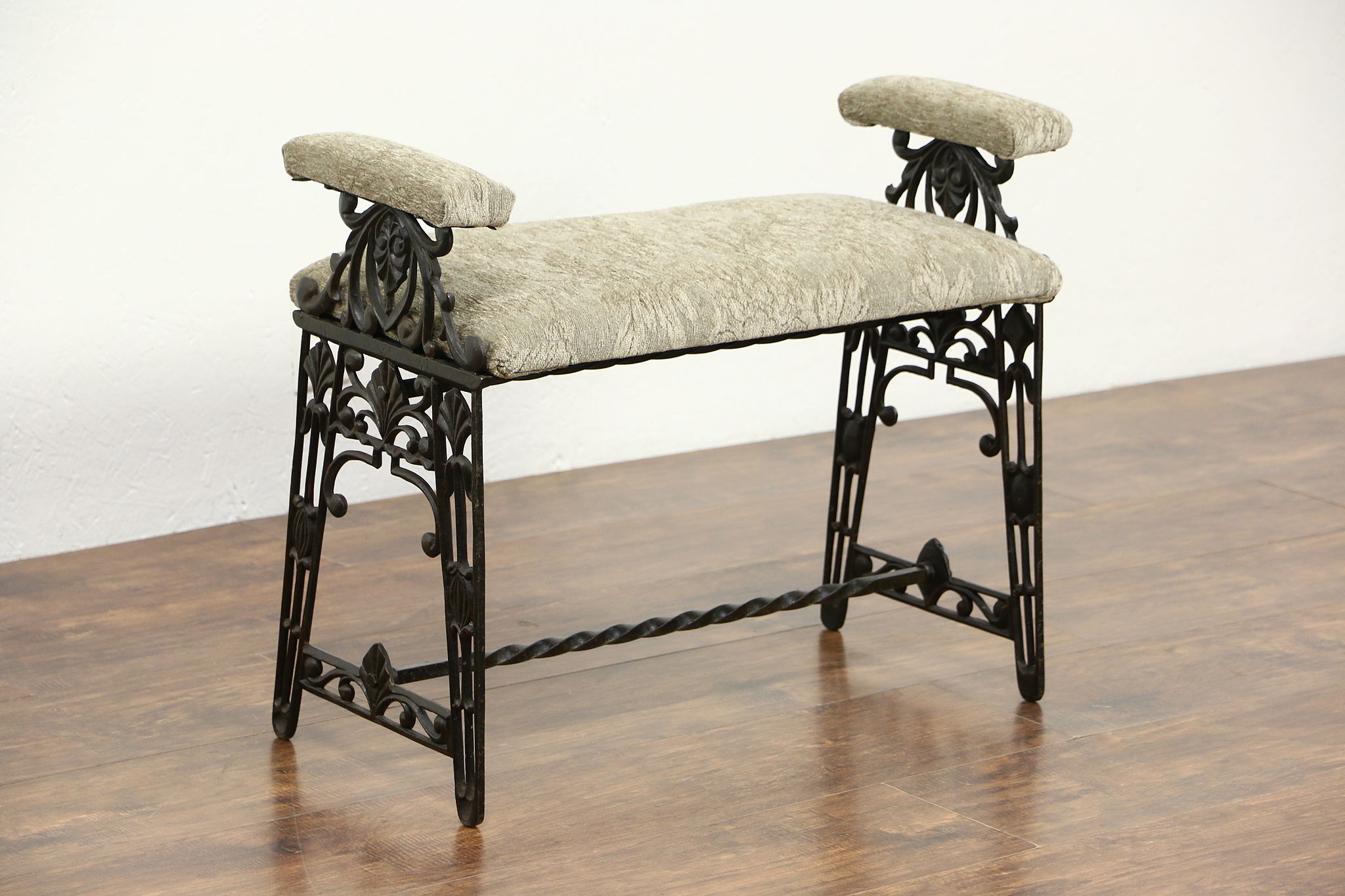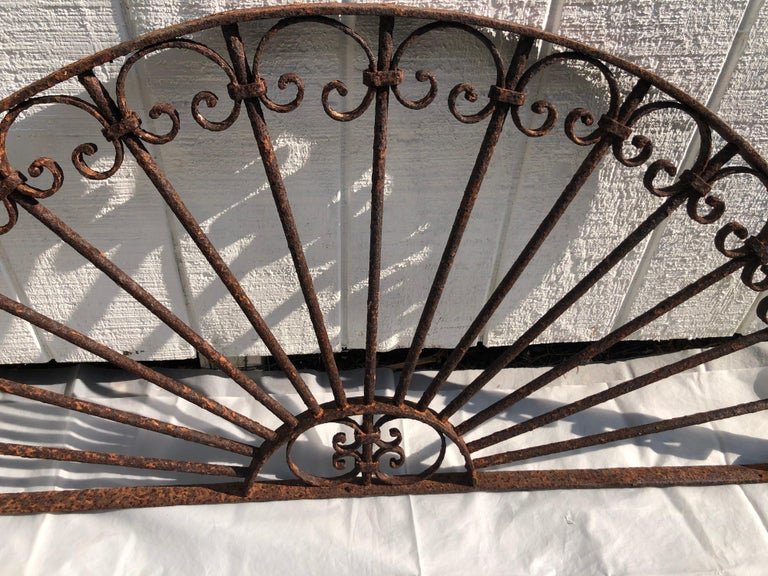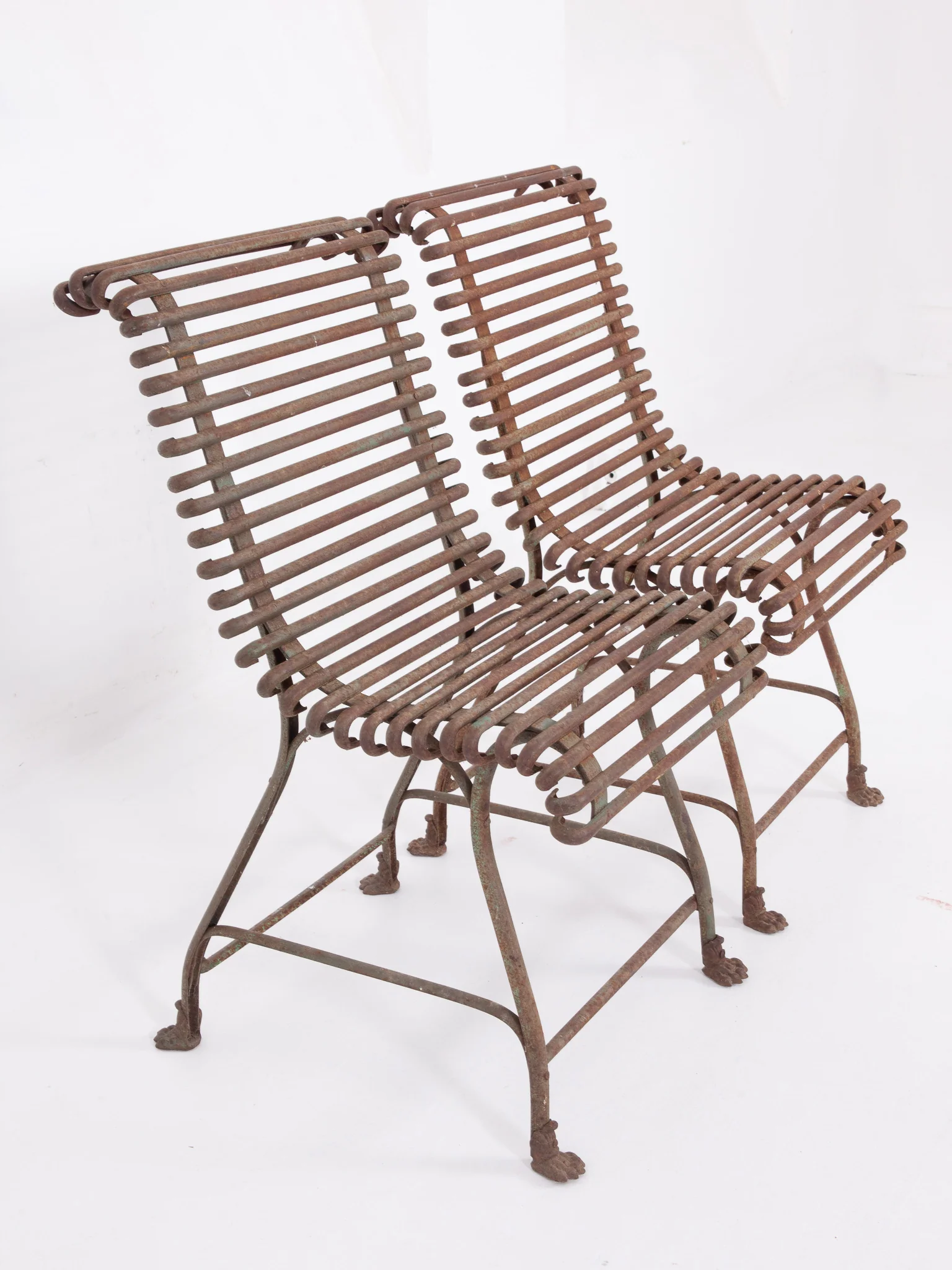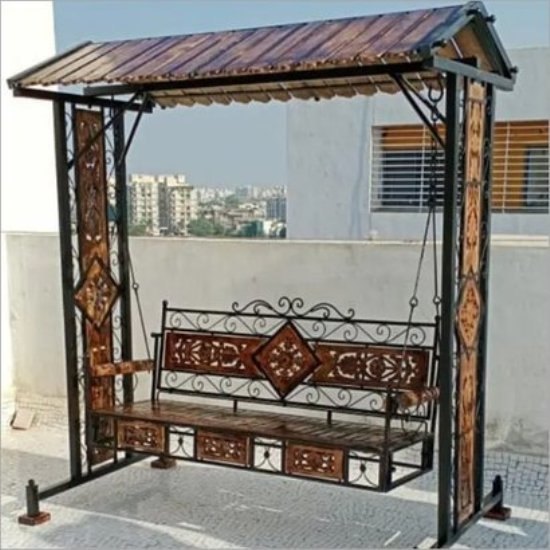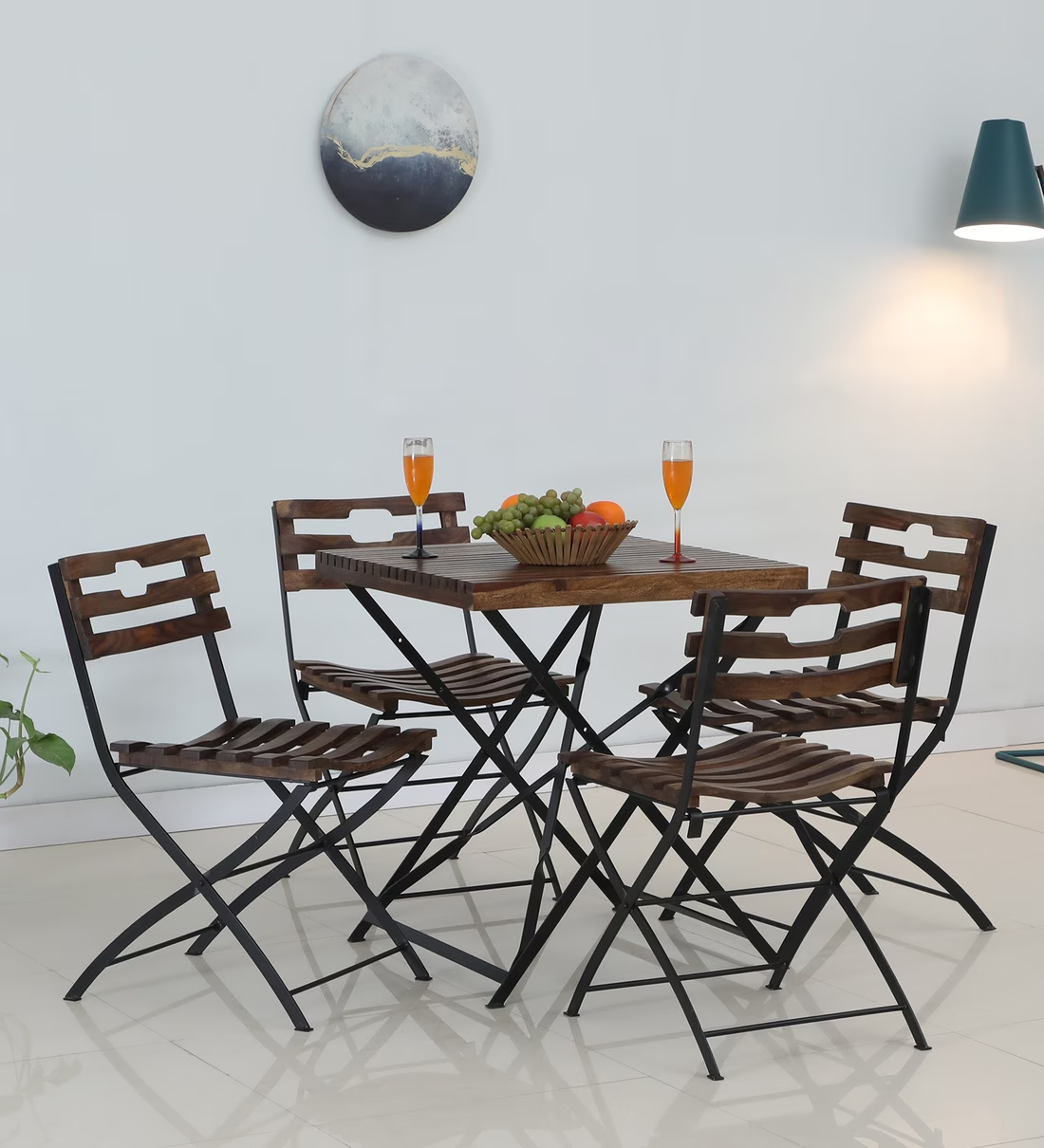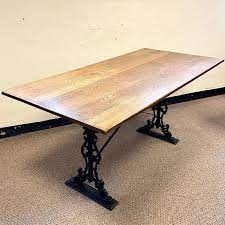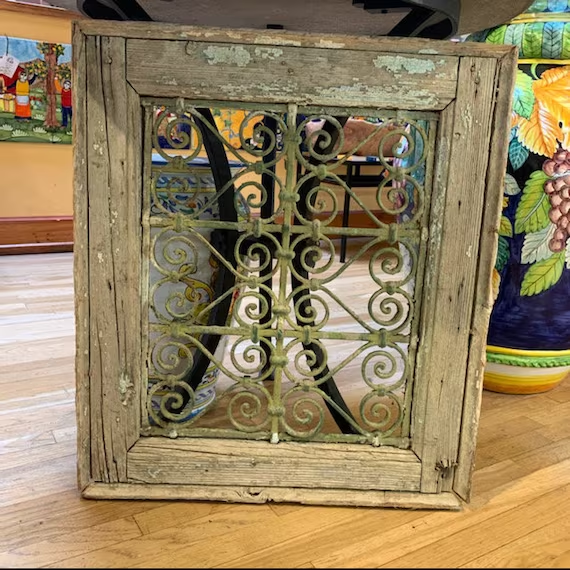About Antique Wrought Iron Furniture
For countless millennia, antique wrought iron furniture has graced our surroundings, its enduring presence a testament to its timeless allure. In epochs long past, wrought iron served as both an ornamental and structural medium in construction endeavors. During the medieval era, the pliable strength of wrought iron bars occasionally found purpose in binding together the very fabric of masonry arches and domes, solidifying their form and function.
- As the sands of time continued their march, wrought iron's capabilities ventured beyond the realm of architecture.
- Slowly but surely, this versatile material metamorphosed into an art form, shaping itself into exquisite furniture and an array of decorative marvels.
- With a gentle blend of craftsmanship and creativity, artisans transformed this resilient substance into pieces that whispered tales of elegance and sophistication.
- From the imposing grandeur of intricate bed frames to the delicate curvature of whimsical garden benches, wrought iron flourished as a medium of expression.
